According to the Ministry of Industry and Trade , in addition to temporary problems, the steel industry also has long-term bottlenecks. Production capacity is still limited, Vietnam continues to be a country with a steel trade deficit. Crude steel production is only able to meet domestic production needs, while there is a shortage of high-quality steel products and technical steel.
 |
| Mr. Nguyen Ngoc Thanh - Deputy Director of the Department of Industry (Ministry of Industry and Trade) |
Mr. Nguyen Ngoc Thanh - Deputy Director of the Department of Industry (Ministry of Industry and Trade) said that in 2023, the billet production capacity of the entire Vietnamese steel industry will be about 28 million tons/year, of which hot rolled coil (HRC) is 7-8 million tons/year, construction steel (about 14 million tons) ensures 100% for domestic consumption demand and partly for the export market.
In addition, the structure of raw materials for production has 42% of steel produced from scrap steel (mainly imported) and 58% produced from blast furnaces, using iron ore as raw material. Steel is also used to serve the mechanical and manufacturing industries. HRC hot rolled coil steel is only produced 8 million tons/year while the demand is 10 million tons. In addition, the steel industry is also dependent on imported raw materials from abroad, leading to a passive situation in prices.
In fact, the competitiveness of Vietnam's steel industry is still quite low due to small capacity factories, outdated equipment, energy consumption and environmental risks, steel quality is not superior to imported steel products, especially fabricated steel. And domestic enterprises mainly compete with each other, while exports are still very limited.
The leaders of the Department of Industry recognized that the steel industry plays a particularly important role in the process of developing the country in the direction of industrialization and modernization; it is a foundational industry, an input material for important economic sectors of the country such as mechanical engineering, supporting industries... On the other hand, developing a strong steel production industry also creates a solid foundation and develops the market for the processing and manufacturing, construction, mechanical engineering industries... contributing to creating a stable supply source and improving productivity and operational efficiency of industries.
Self-sufficiency in domestic steel production is an inevitable requirement for self-sufficiency in raw materials for production and consumption of the people, as well as the process of urbanization and modernization of national infrastructure. Therefore, for the steel industry to develop sustainably and stably, the State needs to build strong enough policies to promote the development of steel industries to create a basic foundation for industrialization in a modern and sustainable direction.
Analyzing further, Mr. Nguyen Ngoc Thanh proposed the solution that Vietnam needs to have policy orientations to strongly develop the metallurgical and materials industry, especially processed and manufactured steel. Specifically, it is necessary to develop more large-scale steel complexes with diverse product structures, especially steel products serving the processing and manufacturing industry. Focus on encouraging the production of alloy steel and especially serving the mechanical and machine manufacturing industries. Build a steel industry development strategy in the direction of attracting investment in large steel complexes to produce a variety of steel products, especially focusing on steel used in the processing, manufacturing, mechanical and automobile industries.
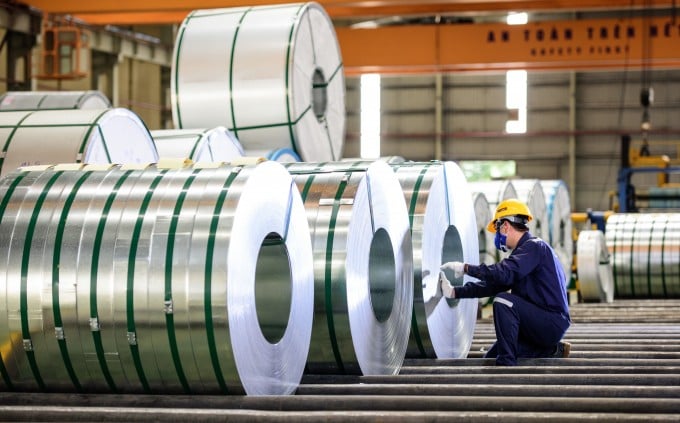 |
| The steel industry plays a particularly important role in the country's development towards industrialization and modernization. Photo: VNA |
According to preliminary forecasts, the total market demand for Vietnam's manufacturing industries by 2030 could reach 310 billion USD. Of which, the market demand for mechanical engineering serving industrial works is 120 billion USD; mechanical engineering serving construction, agriculture , and processing is 15 billion USD; standard equipment is 10 billion USD; railway transport is 35 billion USD; subway is 10 billion USD and automobiles is 120 billion USD.
This will be a huge market for the domestic steel industry, especially for fabricated steel and high-quality alloy steel serving the manufacturing industry, which is a segment in which Vietnam is currently not self-sufficient in domestic steel production.
It is known that the Ministry of Industry and Trade has developed a Draft Strategy for the Development of Vietnam's Steel Industry to 2030, with a vision to 2050; it is expected to be submitted to the Government in September 2024.
Source: https://congthuong.vn/thao-rao-can-de-tao-da-tang-truong-cho-nganh-thep-340334.html





![[Photo] Prime Minister Pham Minh Chinh receives Governor of Gunma Prefecture (Japan) and Special Advisor to the Japan-Vietnam Friendship Parliamentary Alliance](/_next/image?url=https%3A%2F%2Fvphoto.vietnam.vn%2Fthumb%2F1200x675%2Fvietnam%2Fresource%2FIMAGE%2F2025%2F11%2F25%2F1764066321008_dsc-1312-jpg.webp&w=3840&q=75)
![[Photo] Close-up of Ba Ha River Hydropower Plant operating to regulate water to downstream](/_next/image?url=https%3A%2F%2Fvphoto.vietnam.vn%2Fthumb%2F1200x675%2Fvietnam%2Fresource%2FIMAGE%2F2025%2F11%2F25%2F1764059721084_image-6486-jpg.webp&w=3840&q=75)



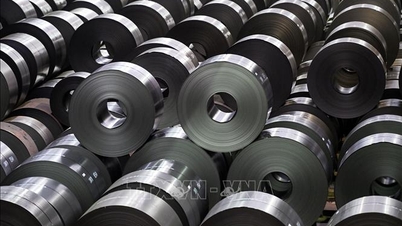

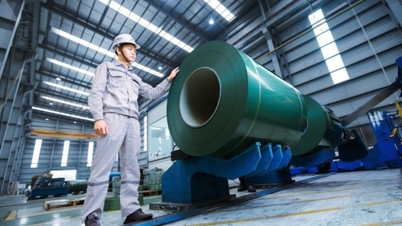

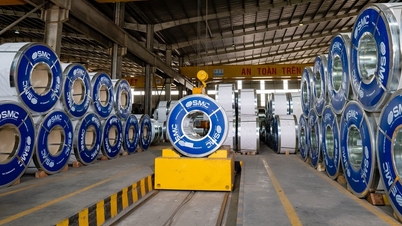

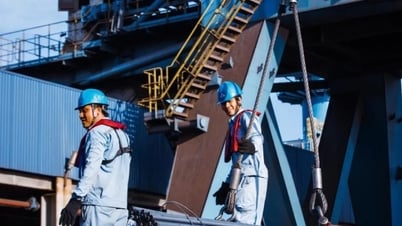



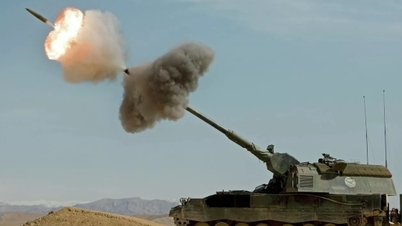


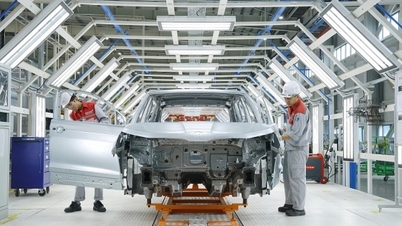
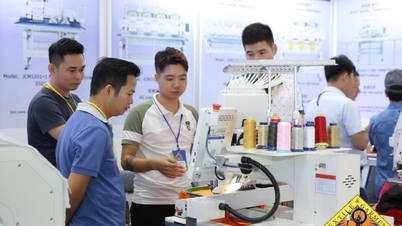

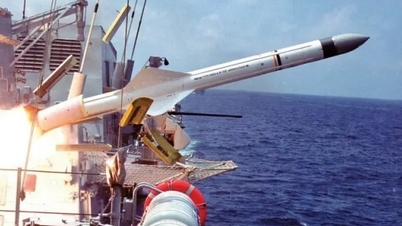








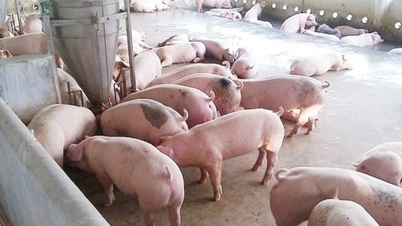



































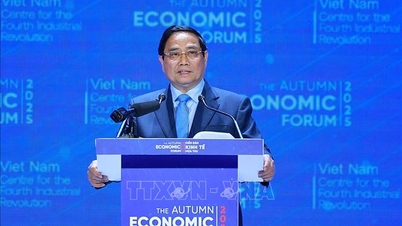




















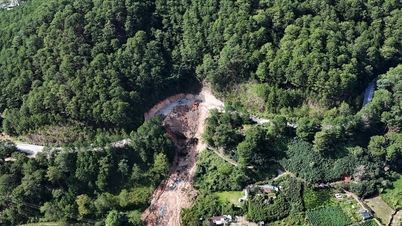














Comment (0)